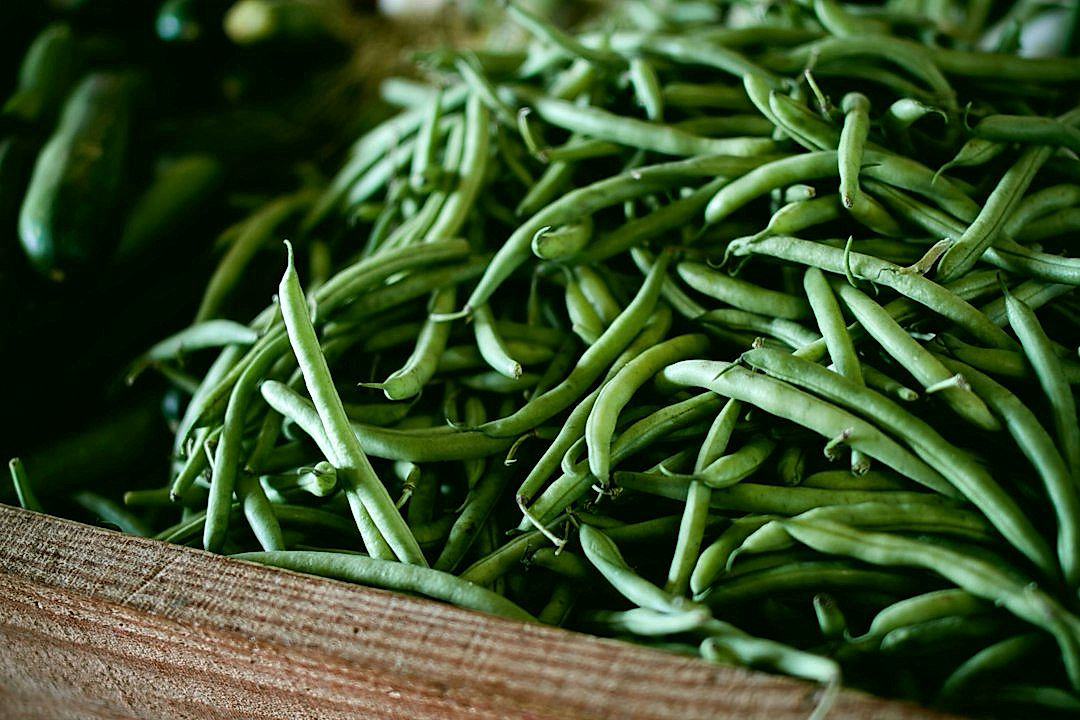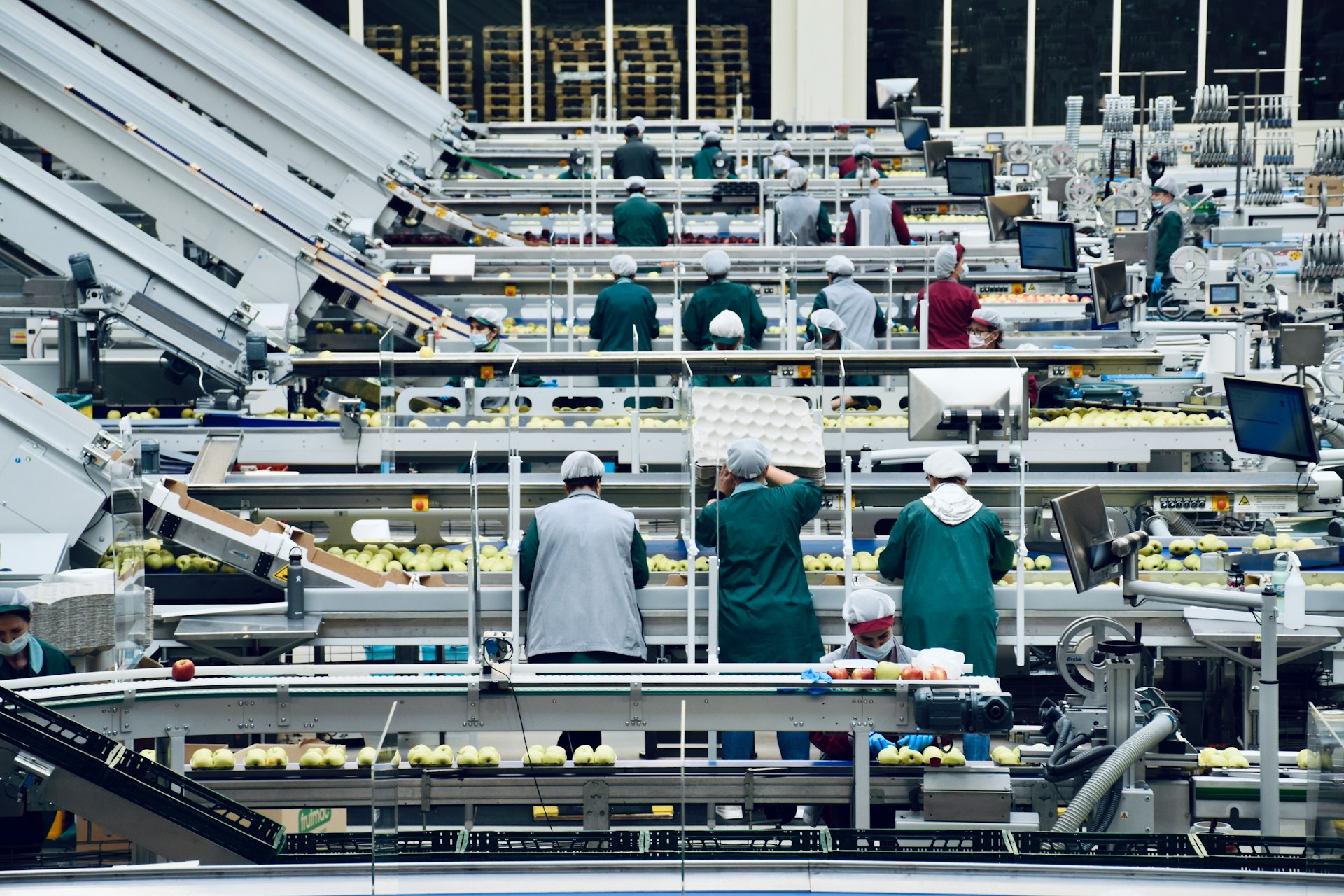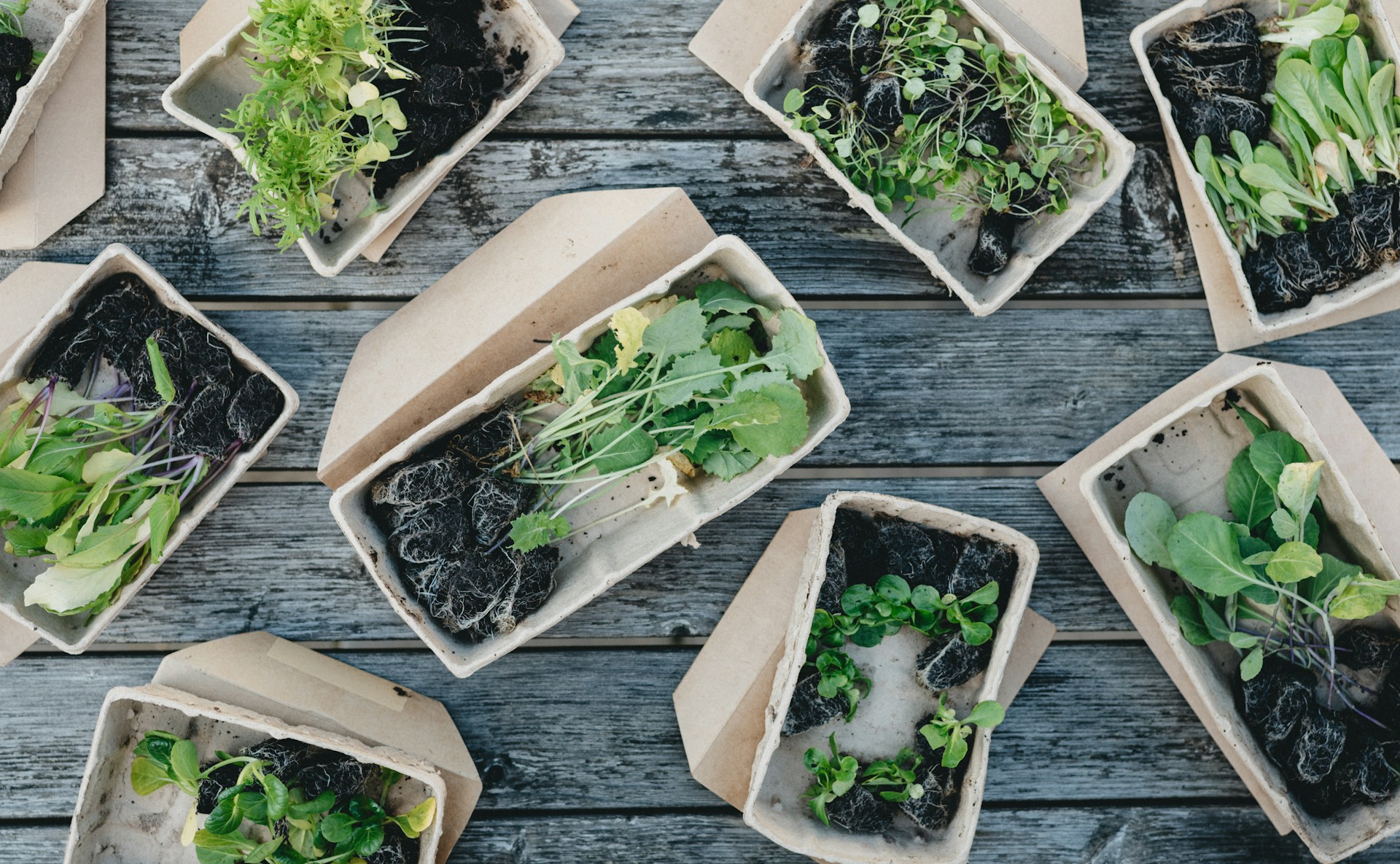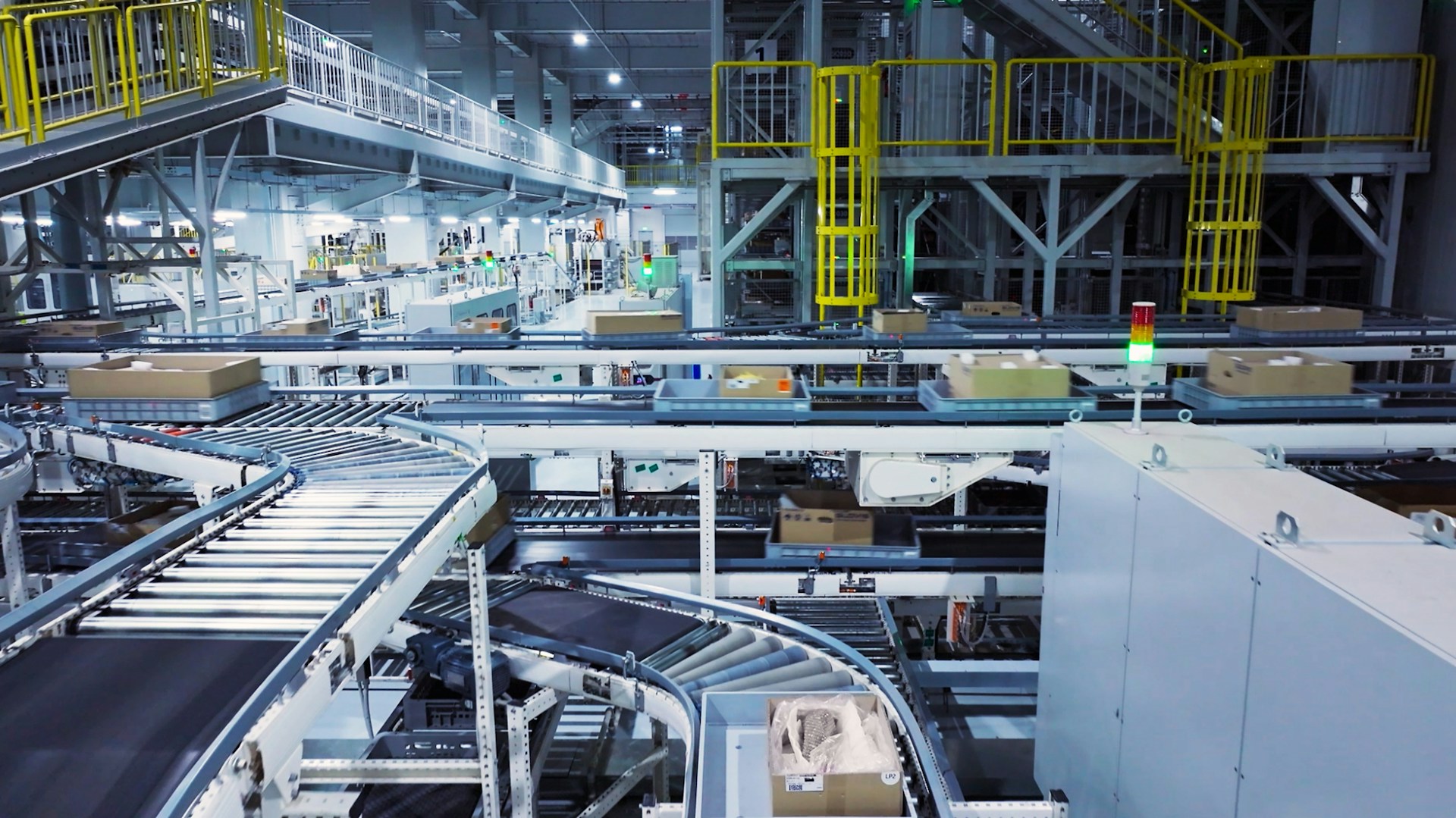The future of fresh produce packaging is upon us with significant advancements designed to maintain freshness, reduce waste, and promote sustainability.
These leaps forward are not only good for consumers but also serve to benefit food retailers and the global environment.
The new generation of materials being developed harnesses science and technology to work in harmony with nature.
They aim to extend the life of fruits and vegetables, curb food spoilage, and safeguard the food supply chain.
This article will explore these innovative solutions that are elevating standards within the fresh produce industry.
It will also consider the impact and significance they may have on our food systems and consumption patterns.
Contents
Next-gen Packaging Materials For Fresh Produce
1. Biodegradable Plastic Based on Cornstarch
The escalating environmental concerns associated with synthetic plastic use have propelled the urgent need for sustainable packaging options, leading to the development of biodegradable plastic based on cornstarch.
As a viable alternative to synthetic plastics, cornstarch-based biodegradable plastics have remarkable properties that support their use in the packaging of fresh produce.
These materials are designed to break down in specific environmental conditions, thereby minimizing pollution and harm to ecosystems.
Moreover, cornstarch-based biodegradable plastics can effectively maintain fresh produce quality as they offer excellent moisture barrier properties.
The manufacturing process of these biodegradable plastics involves extracting starch from corn, followed by treating this starch to reshape its molecules into a polymer-like structure.
This innovative production process ensures that the derived product is not only eco-friendly but also possesses formidable mechanical strength similar to conventional plastic.
Another salient feature of cornstarch-based biodegradable plastic is that despite their eco-friendly nature, they come at a similar cost to traditional plastic.
This cost-effectiveness is a crucial advantage as it makes it an attractive alternative for businesses looking to switch from synthetic plastics, without a significant increase in operational costs.
Even more appealing about these materials is that the use of cornstarch-based biodegradable plastics could fundamentally aid in leaps towards achieving the global sustainable development goals.
This is because the production of these plastics does not depend on fossil fuels, which as a result, lowers their carbon footprint.
Moreover, given that corn is a renewable resource, employing it as a raw material promotes the sustainable use of agricultural resources.
Scientific researchers are carrying out intensive studies to improve the properties of cornstarch-based biodegradable plastic, such as its temperature tolerance and mechanical strength.
Technological advancements will continue playing a pivotal role in enhancing the use of these corn-starch based materials for a wider range of applications, including food packaging.
Although there are challenges linked with scaling the commercial production of these products, continuous technological evolution will make it feasible and rewarding in the near future.
Undeniably, the incorporation of cornstarch-based biodegradable plastic in the fresh produce industry is more than just a novel innovation; it is a due necessity in the pressing battle against plastic pollution.
In response to the environmental crisis, many responsible companies are already migrating towards the use of these materials, signaling a robust trend towards sustainable packaging in the future.
2. Edible Coatings Developed from Proteins
The progression into modern packaging materials has uncovered the potential of using edible coatings made from proteins.
These challenging but exciting solutions address both the environmental and sustainability concerns associated with traditional plastic packaging.
Proteins, especially plant-based proteins, prove to be a promising material for the creation of edible coatings for fresh produce.
These proteins have a natural capability to form films and coatings, that can be further manipulated for improved properties.
A variety of plant proteins like soy, corn, and wheat are used to produce these ecofriendly edible coatings.
These edible protein coatings not only maintain the freshness of the produce, but also contribute towards waste reduction.
These coat the produce, providing a protective layer against moisture loss and spoilage organisms, thus enhancing the shelf-life of the produce.
Food-grade film and coating processed from proteins can be consumed alongside with the produce with which it was packed, eliminating the need for separate disposal.
One of the advantages of protein-based films over other types is their ability to resist moisture absorption.
They also offer the possibility of incorporating natural antimicrobials, enhancing their protective properties.
However, the production of this next-gen packaging faces a few technological barriers regarding scalability and economic efficiency.
Challenges are also there to ensure uniformity and strength in the developed film or coating.
Despite these hurdles, the potential of these edible coatings is undeniable and significant steps are being taken to realize their application in various food sectors.
Progress is also being made on the legislative side to promote and regularize the use of protein coatings in the food industry.
Researchers, food producers and packaging companies are working together to address these challenges and bring these ecofriendly alternatives to the market.
3. Compostable Mushroom-Based Packaging
One of the pioneering innovations in the packaging industry is the development of compostable mushroom-based packaging.
It is a green alternative to synthetic and non-biodegradable packaging materials commonly used today.
This revolutionary material utilizes the self-assembling properties of mycelium, the vegetative part of a fungus, to create custom-shaped packaging.
Its production involves mixing agricultural waste such as corn stalks with mycelium.
In a matter of days, the mycelium grows around the waste, forming a solid yet flexible material.
The great advantage of this innovative material is that it is 100% compostable, breaking down in a home compost pile in just a couple of weeks.
Additionally, it is free of toxic chemicals and plastic pollutants that are often found in traditional packaging materials.
From an environmental perspective, the mushroom-containing packaging is carbon-negative, meaning it takes more CO2 from the atmosphere than it emits.
Moreover, its production generates zero waste since the agricultural by-products utilized would otherwise be discarded.
The versatility of mushroom-based packaging allows for a range of applications, not just in the packaging of fresh produce.
It has high insulation properties and can be used for packing delicate items such as electronics and glassware.
However, one of the existing challenges is the larger cost of production compared to traditional materials.
Yet, with increased demand and further optimization of the production process, the cost is expected to reduce in the future.
Overall, compostable mushroom-based packaging represents a radical departure from petroleum-based packaging materials.
Its potential in drastically reducing plastic waste and carbon emission makes it a promising solution for the future of sustainable packaging.
This holds true especially for fresh produce, where conventional plastic packaging poses significant environmental issues.
4. Seaweed-based Polymer Films
When investigating new, sustainable and eco-friendly ways to package fresh produce, seaweed-based polymer films stand out as a promising solution.
Seaweed, a common marine-based resource, is immense and readily renewable, making it a sustainable source for developing packaging materials.
Seaweed-based polymer films are derived from brown seaweed through several conversion processes to convert the natural fibers into a viable film material.
The biological composition of seaweed makes it naturally biodegradable and compostable, thus reducing waste generation and helping to maintain ecological balance.
In addition to their eco-friendly properties, seaweed-based films offer many practical benefits for fresh produce packaging.
These films have excellent barrier properties, protecting the produce from external oxygen, moisture, microbes and other harmful substances.
Interestingly, seaweed-based films can also extend the shelf-life of fresh produce by regulating the release of antimicrobial agents that innately exist in the seaweed.
This natural quality of seaweed to preserve food products and to enhance their quality is indeed intriguing and beneficial.
Moreover, these films can be made translucent or fully transparent, allowing customers to see the quality of the produce inside the packaging.
They are also flexible and heat-sealable, which is a must-have property for any packaging material that might go through different temperature stages during transportation and storage.
Another virtue of seaweed-based films is their characteristic edibility.
This property has been used to develop innovative fresh-produce packaging solutions, like wrappers for fruits and vegetables that can be eaten along with the produce they protect.
This eliminates the need for waste disposal altogether and contributes to a new packaging trend: zero-waste packaging.
Compared to traditional packaging materials, seaweed-based films are relatively expensive to produce on a larger scale, but their advantages are certainly appealing.
R&D investment in optimizing the production processes of these films is expected to reduce the manufacturing costs in the future.
With its unique properties, seaweed-based polymer films can play a significant role in redefining how fresh produce is packaged, adding not just an ecological edge but also novel functionalities.
5. Nano-cellulose fiber materials
The future of packaging materials lies in the evolution of innovative, eco-friendly solutions and nano-cellulose fiber materials are at the forefront of this revolution.
Not only are nano-cellulose fibers biodegradable, but they also derive from renewable resources, principally wood and plant waste, bolstering their eco-credentials even further.
The production process of these nano-fibers is relatively low-cost, and they exhibit extreme lightness and flexibility while also being incredibly durable, making them ideal for packaging fresh produce.
Furthermore, nano-cellulose fibers have unique barrier properties that can protect fresh produce from moisture and oxygen, two of the main culprits in the degradation of food.
These fibers can also be easily tailored to specific applications by adding functional nanoparticle coatings.
For instance, the incorporation of silver nanoparticles can yield antimicrobial properties, an essential factor in extending the shelf-life of fresh produce.
Nano-cellulose fiber materials, a class of next-gen packaging materials, are poised to revolutionize the fresh produce sector with their unique and customizable properties.
The packaging industry’s shift towards utilizing more sustainable materials has been accelerated in recent years, due largely to consumer demand.
Shoppers are now more aware of the environmental impact of their choices and are demanding products that are packaged in eco-friendly materials.
Brands are responding by investing in research and development of innovative packaging materials such as nano-cellulose fibers, and are quickly moving away from traditional petroleum-based plastics.
The significant advantage of nano-cellulose fibers is that they can be sourced from overabundant and generally low-cost renewable resources, offering an affordable, sustainable option.
Moreover, they do not compete with food production, a point of contention with many other bio-based materials.
Having a fibrous structure at the nanoscale level, nano-cellulose fibers also boast superior mechanical properties when it comes to packaging materials.
Being ten times lighter and five times stronger than steel, these fibers can readily withstand the shocks and stresses associated with the transportation of fresh produce.
The flexibility and adaptability of nano-cellulose fibers further offer a greater range of possibilities in shaping and crafting various packaging designs and systems.
This versatility is sure to shape the future of the packaging industry and revolutionize the way we preserve and present our fresh produce.
Despite their recent introduction to the market, nano-cellulose fibers have already demonstrated their immense potential and are bound to become a staple in next-gen packaging materials.
The Bottom Line
Emerging innovations in sustainable packaging such as biodegradable plastic derived from cornstarch show incredible promise.
Equally compelling are edible coatings synthesized from proteins, eliminating waste entirely.
Compostable mushroom-based packaging is another revolutionary concept that recycles itself back into the environment.
Changes are also seen in seaweed-based polymer films and nano-cellulose fiber materials, which are not only sustainable but also feature exceptional properties.
Overall, these advancements present us with excellent alternatives to traditional plastic packaging, paving the way for a future where packaging is eco-friendly, renewable and less harmful to our planet.




